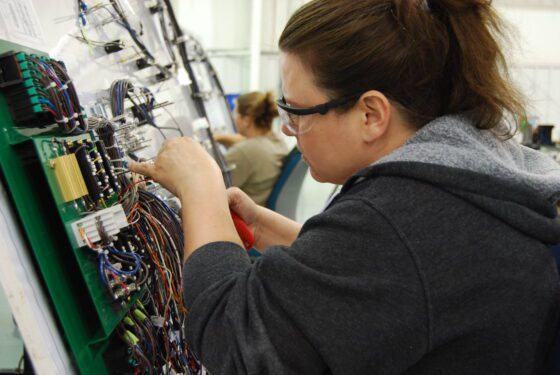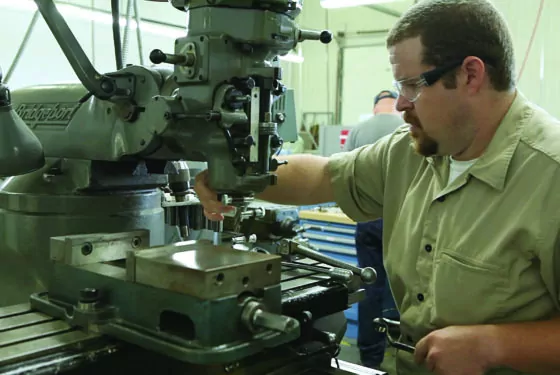A Pipeline to In-Demand Talent
Tulsa is the hidden gem of the central US when it comes to workforce and talent resources. Not only does the city have robust upskilling programs, but it is also home to a number of universities and career tech campuses. These assets make Tulsa an attractive option for companies looking to relocate. The city’s talent pool is deep and diverse, making it easy for companies to find the right employees for their needs. Additionally, the city’s cost of living is relatively low, making it an affordable option for life and for businesses.

Talent Ecosystem
Tulsa’s Future is actively investing in the businesses and workforce of tomorrow. Tulsa is a pro-business region with supportive initiatives.

Building Regional Talent
The Tulsa region is home to excellent higher education options ranging from large universities like OU and OSU to in-depth technical training in industries like welding.

Regional Talent Recruitment & Attraction Initiatives
There are 7 career tech campuses in the Tulsa region working with employers across industries to provide training to prepare a highly skilled and qualified workforce.

Center for Workforce Excellence
The Center for Workforce Excellence is dedicated to helping companies find a great workforce through specialized trainings and community partnerships.
